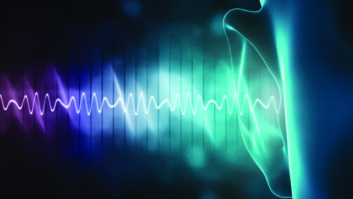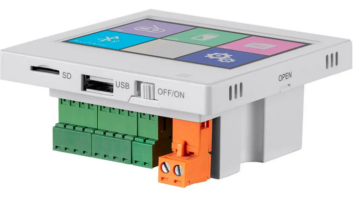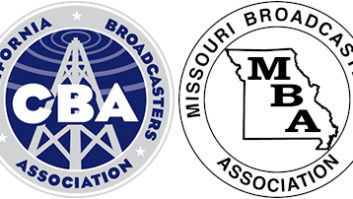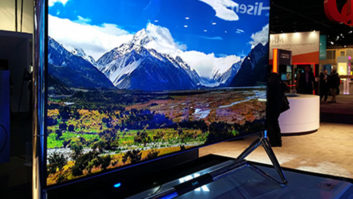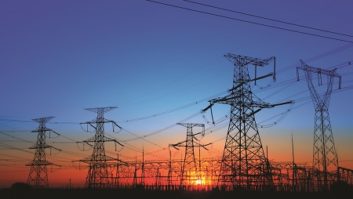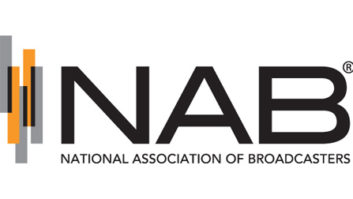
credit: iStockphoto Radio World has focused a great deal lately on the needs of the U.S. AM band, as we cover the industry debate over how — and whether — the FCC should help “revitalize” AM. You’ll find plenty of interesting material at radioworld.com/amcomments.
Among thoughtful insights are the following, filed with the commission by the Society of Broadcast Engineers. I reproduce them because I find this section of SBE’s comments — almost a sidebar to its main points — a helpful addition to the many suggestions floating around regarding translators, MDCL, efficiency standards and so forth. (I’ve added some paragraph breaks for ease of reading.)
SBE wrote:
AM revitalization, in SBE’s view, is not entirely a deregulatory exercise. Some existing regulations should be better enforced, and some new regulations will be required in order to improve ambient noise conditions in the existing AM band. It is obvious that any interference management plan for the AM band has to be based on rules [that] limit RF noise before it becomes an issue, not post hoc, and those rules have to be enforced.
As but a few examples:
A.
Radiated emission limits below 30 MHz in FCC Part 15 rules for unintentional emitters such as plasma television receivers should be enacted.
[At present there] are no radiated emission limits below 30 MHz for most unintentional emitters. Only conducted limits exist now. This has become a short-range problem with respect to interference from some emitters, such as cellular telephones (especially in charge mode) and plasma television receivers. Direct radiation from … plasma display[s] can be problematic for AM receivers and difficult to remedy.
The commission should consider establishing limits on the amount of noise that can be radiated directly from such devices.
B.
Lower limits in Part 15 for LED light bulbs should be enacted [that] are harmonized with the lower limits for fluorescent bulbs in the current Part 18 rules.
Part 18 rules govern fluorescent bulbs. Those Part 18 limits are lower than the Part 15 limits [that] govern LED bulbs. The Part 15 LED bulbs typically operate at levels 12 dB higher than Part 18 fluorescent bulbs. All of the reasons that caused the commission to establish reasonably low limits for fluorescent bulbs exist for LED bulbs.
There are apparently very few, if any, interference reports involving fluorescent bulbs that meet Part 18 consumer limits. There are, however, substantial numbers of complaints of harmful interference to amateur radio stations from LED light bulbs on an annual basis. This is a good example of an RF management problem that must be addressed before the devices are marketed.
There could be dozens, if not hundreds, of RF light bulbs in range of a typical AM broadcast receiver in a typical residential neighborhood. If harmful interference occurs and is reported, there is no practical, post hoc solution. Filtering of the bulb is not an option. They couldn’t all be found, even if adequate commission resources were available to investigate such instances. Even if they were to be found, the user of an RF light bulb that contributed to AM receiver interference would not likely be ordered by the commission to stop using it.
C.
Better external labeling on packaging for Part 18 fluorescent bulbs and ballasts should be ordered.
Part 18 rules have separate limits for consumer and commercial fluorescent devices. A number of box stores and large hardware and consumer retailers, including some well-known nationwide chains, are openly selling commercial fluorescent bulbs and ballasts to residential consumer users. [At present] there is no information on the outside of the packaging for these devices indicating that they are not legal to use in residential environments. These same big box stores are all selling Class A industrial lighting ballasts.
There is material in the Office of Engineering and Technology’s “Knowledge Database” (KDB) clarifying that such marketing is not legal and that the labeling, or even signage and warning, is not enough. If this policy (it is not a specific rule) were to be enforced, the big box store would claim that they can sell commercial environment ballasts because they also sell them to buyers for that market, but the devices are on display and the general public is not informed of the proper environment in which to deploy them.
D.
Specific radiated and/or conducted emission limits for incidental emitters such motors or power lines should be enacted.
Under present commission rules, there are no specific emission limits for incidental emitters such as power lines and non-pulsed motors. There are requirements for manufacturers of incidental emitters to use good engineering practice and a requirement that the operator of an incidental emitter use them in a way that does not cause harmful interference to licensed users of spectrum. Those rules are neither enforced, however, nor practically enforceable.
Specific emission limits would set an upper level on the worst of the power-line noise cases and would require manufacturers to pay at least minimal attention to design and utilities to evaluate their entire systems at least sporadically, assuming that they perceive that there is a risk of actual commission enforcement. Although conducted-emission limits could be established for motors and similar 120- or 240-volt devices, only radiated limits would be practical for medium-voltage or high-voltage power lines.
E.
Conducted emission limits on pulse-width motor controllers used in appliances should be enacted.
Under Part 15 rules, “digital devices” used in appliances are exempt from specific emission limits. There are instances of interference to AM receivers from pulse-width motor controllers in washing machines, air conditioners and pool pumps. If pulse-width motor controllers are digital devices, then these 500- to 1,500-watt digital devices would be exempt. Most digital devices that are used in appliances are very low power display units, microprocessor control circuitry and similar devices [that] have a much lower interference potential than 1,500-watt motor controllers.
F.
The commission should substantially increase, and increase the visibility of, enforcement in power line interference cases.
There are numerous complaints from amateur radio operators of severe interference from power line noise annually. Power line radiation in the HF and MF amateur allocations will in most cases directly translate to preclusive noise in the AM broadcast band.
The commission has relied completely on the good-faith efforts of electric utilities to resolve these. In some cases, those efforts have been successful. However, more often, utilities do not have available to them and are not willing to retain persons skilled in RF interference resolution and the cases at FCC are allowed to languish unresolved for years, and in some cases more than a decade, without any enforcement action at all. …
AM radio interference inevitably goes unreported by listeners. A few visible enforcement actions by the commission would create some incentive on the part of electric utilities industry and perhaps lead to the development of effective industry programs to address the burgeoning power line interference problem.
Improvement in the noise environment in the AM broadcast band will, over time, contribute substantially to the revitalization of AM broadcasting. The commission should commence this longer-term initiative without delay.
This was just a portion of SBE’s comments, which included several specific important recommendations. Read the rest at radioworld.com/amc





